FRANCE
Where Vincent
Painted His
Masterpiece

COLIN SIMPSON
Van Gogh Asylum a Moving Place to Visit
Saint-Paul-de-Mausole asylum, Saint-Rémy-de-Provence
THE Starry Night is regarded by many as Vincent van Gogh’s greatest painting. It’s loved by the public, psychologists study the swirling sky for clues to its troubled creator’s mental state, and astronomers debate the accuracy of the positions of the stars.
The oil-on-canvas shows the view looking east through the barred window of the great Dutch artist’s second-storey room at Saint-Paul-de-Mausole, an asylum near the historic French town of Saint-Rémy-de-Provence. He went there aged 36 as a voluntary inmate in May 1889 months after he had cut off his ear while struggling with mental illness. His brother Theo paid for his stay.
The year he spent at the asylum was perhaps the most productive period of his life, despite his continuing mental turmoil. He created more than 150 paintings and drawings, including not only The Starry Night but other masterpieces such as his blue self-portrait and Irises.
Though the former depicts a night-time view, van Gogh painted it from memory in daylight. The village in the foreground is not actually visible from the asylum. The painting has been in the collection of New York’s Museum of Modern Art since 1941.
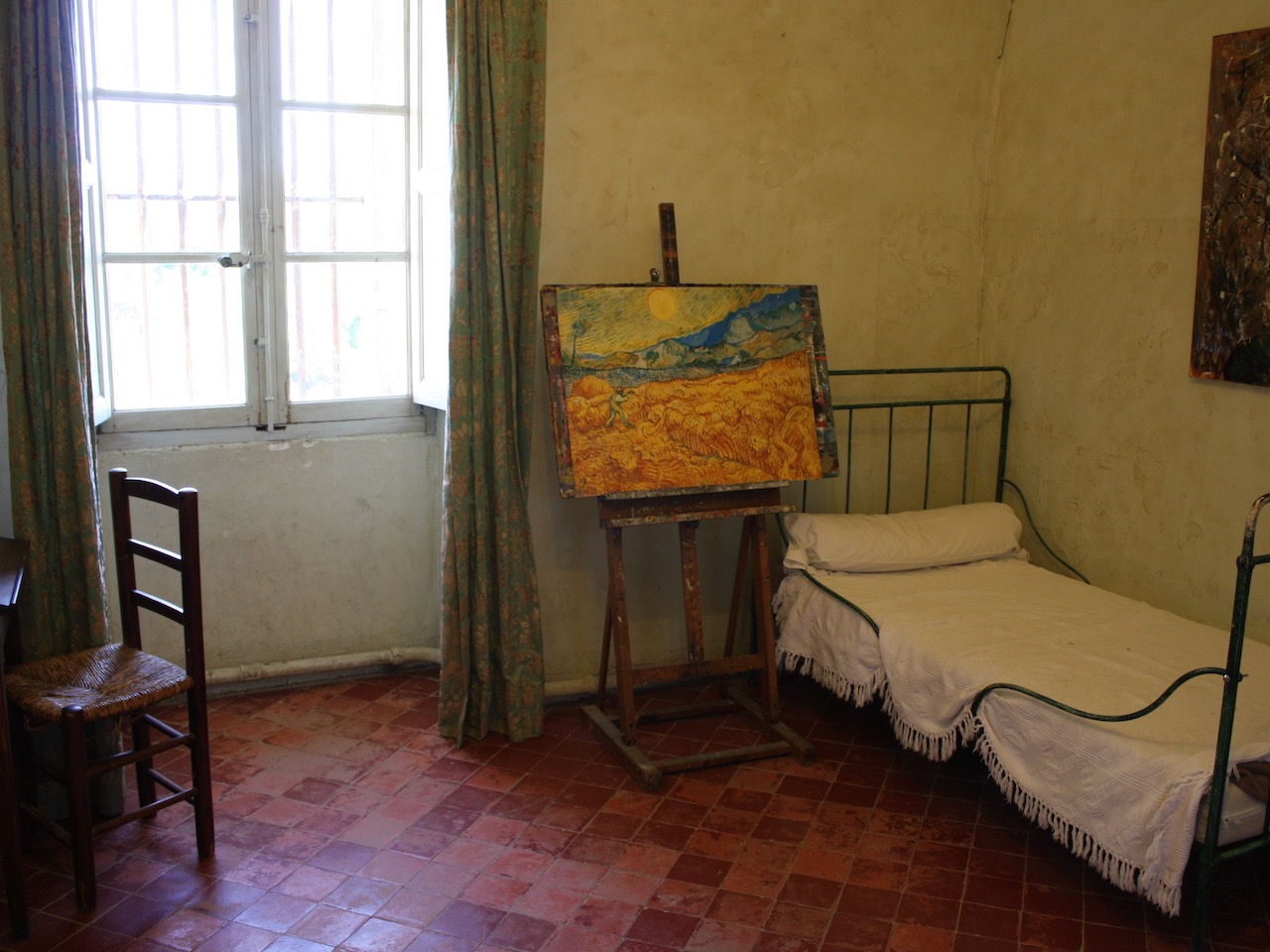
Visitors to Saint-Paul can today stand at the window from which van Gogh gazed out all those years ago, and wander in his footsteps through the grounds and nearby countryside. A van Gogh trail has signs showing where he painted particular works, including his olive tree series.
I found it moving to see where all these wonderful paintings, which have given pleasure to generations, were created at a time when the artist was so tormented. Though today the building and its grounds seem idyllic, van Gogh’s time there was harrowing. His stay is described in the 2018 book Starry Night, Van Gogh at the Asylum, by Martin Bailey.

Bailey studied the admissions register, and found that one inmate who arrived in 1887, two years before van Gogh, stayed until he died there in 1932. Van Gogh described his fellow patients as “companions in misfortune”, and wrote in a letter: “One continually hears shouts and terrible howls as of animals in a menagerie.”
Clumps of irises in the borders are a reminder of van Gogh’s famous study of that flower, which was bought in 1990 by the J. Paul Getty Museum in Los Angeles. Three years earlier it had become the costliest painting ever sold, fetching $53.9 million, a record that stood for some time.
Van Gogh left Saint-Paul, a former monastery dating from the 12th century, in May 1890, and within two months he was dead. The 2017 movie Loving Vincent explores a theory that he did not, as is generally believed, kill himself. The film was made using an innovative oil painting animation technique.
Psychiatric care is provided to this day at Saint-Paul, and patients can take part in art therapy sessions – some of their works are on public display.
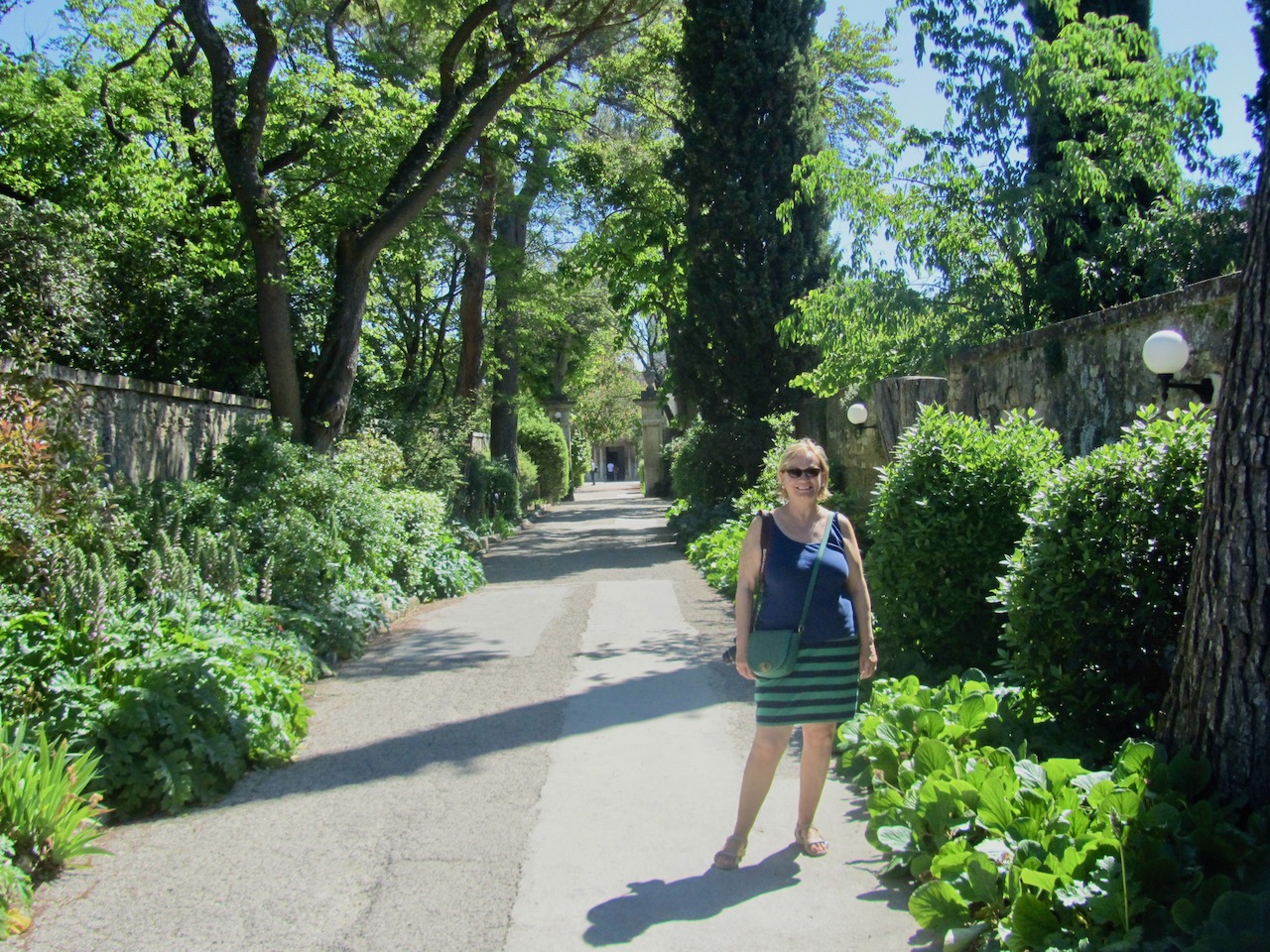
Saint-Rémy is an appealing town, and there’s a lot more of interest besides the van Gogh connection. Near the asylum stand Les Antiques, a triumphal arch and mausoleum at the entrance to the remains of the Roman city of Glanum. The monuments have been given a spruce-up since I first visited them many years ago.
Wandering around the time-worn stones of Glanum is a fascinating way to spend a couple of hours. The site was first inhabited in the 7th century BC, Glanum was founded in the third century BC, and the Romans under Julius Caesar took control of it in 49 BC.
In Saint-Rémy you can see the house where Nostradamus, famous for his prophecies, lived in the 16th century. An evening stroll through the smart, scenic streets in search of a restaurant is a pleasant way to round off the day.
We stayed at the Hotel Guonod, a one-off place overlooking a public square, the Place de la République – great for an al fresco breakfast. The lobby and other public areas were packed with figures of Catholic saints when we were there, though a major renovation has brought a new look. The lovely enclosed garden at the back has a pool.
The former coaching inn is named after Charles Guonod, who wrote Ave Maria – he composed the opera Mireille while staying there in 1863. I wasn’t familiar with the work, but picking up quirky bits of information like this is one of the small pleasures of travel.
Verdict: A must for Van Gogh fans, and an enjoyable visit in a beautiful part of the South of France for anyone else.
*Digital image courtesy of the Getty’s Open Content Program.
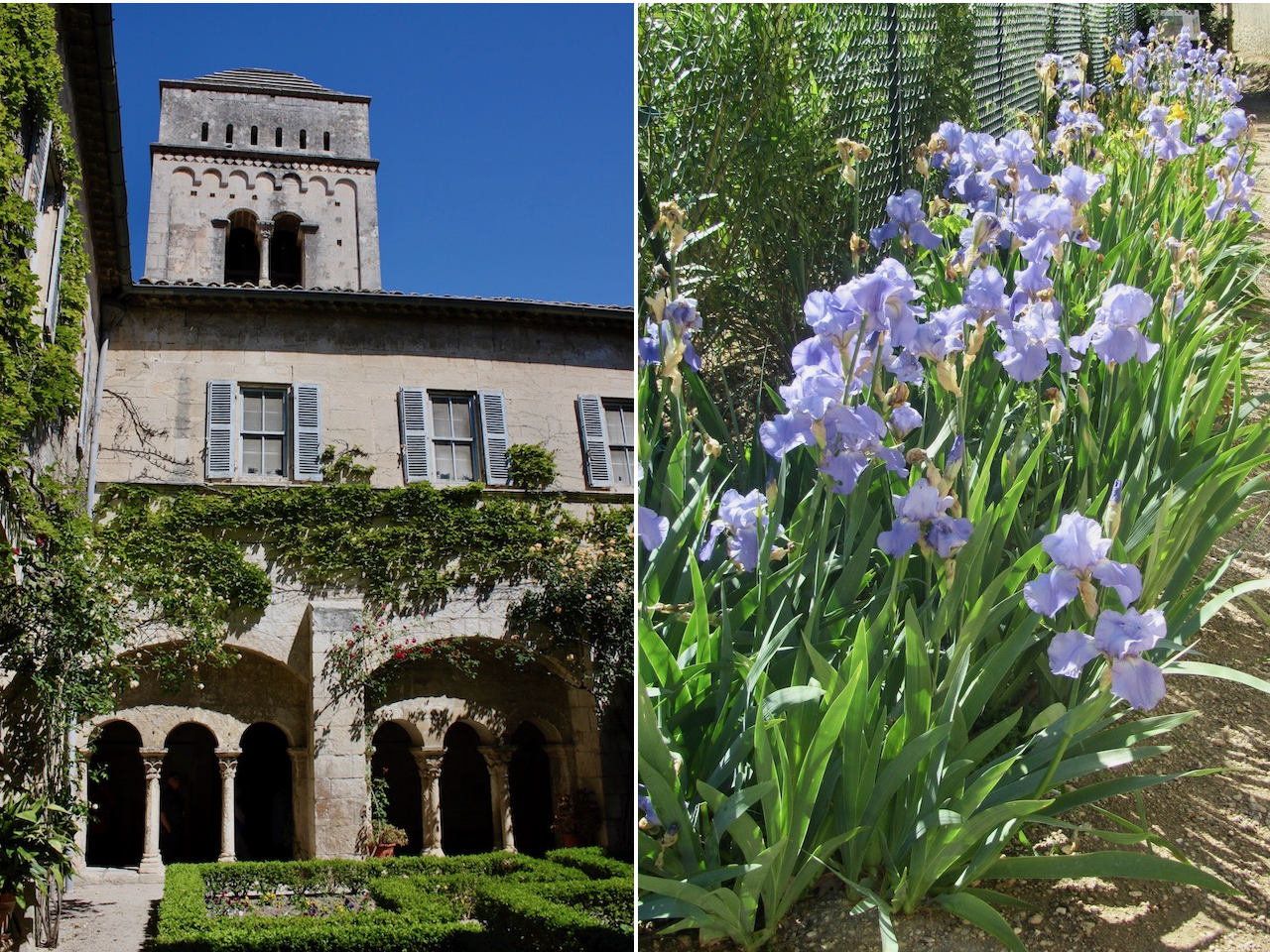
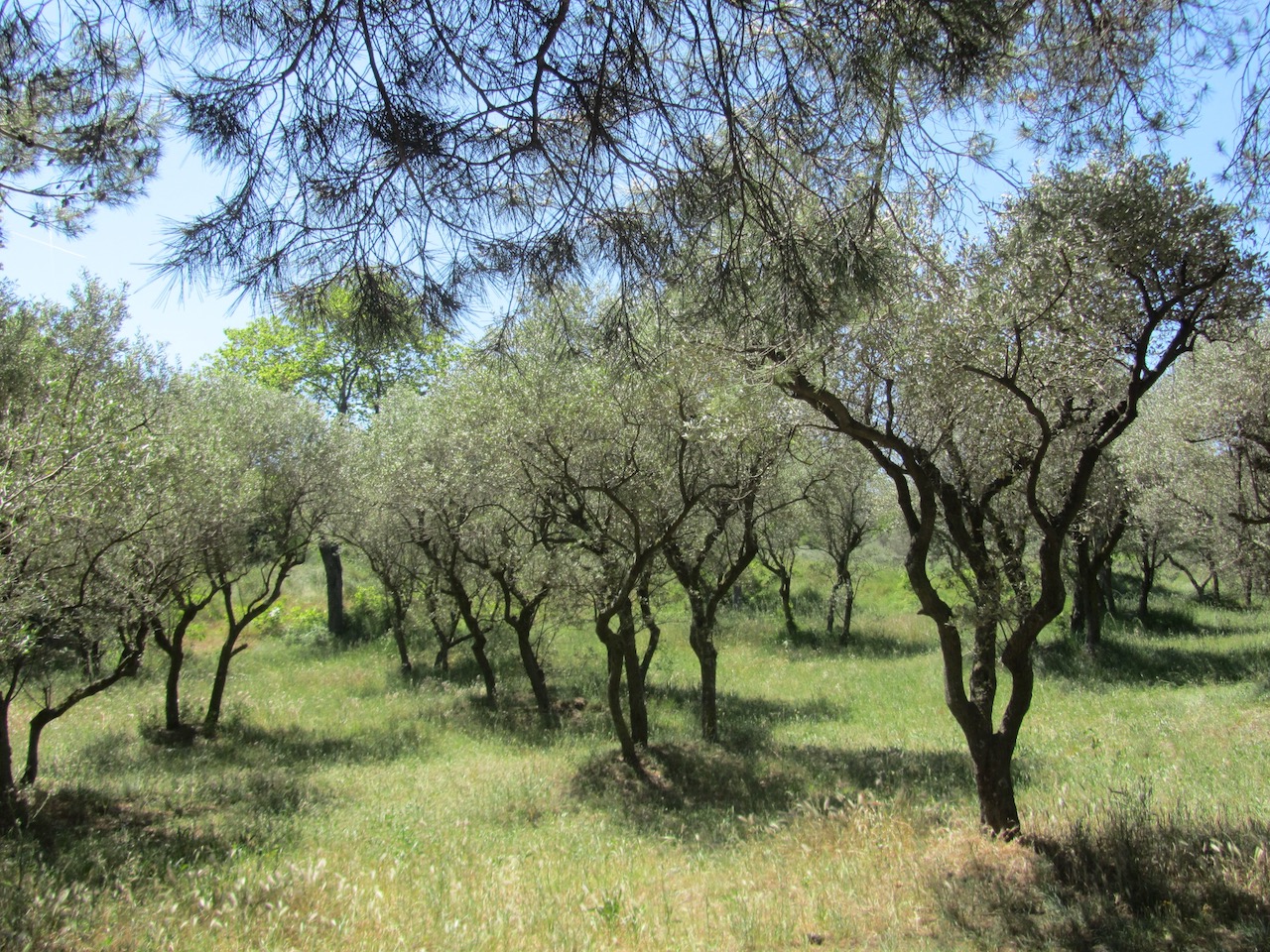
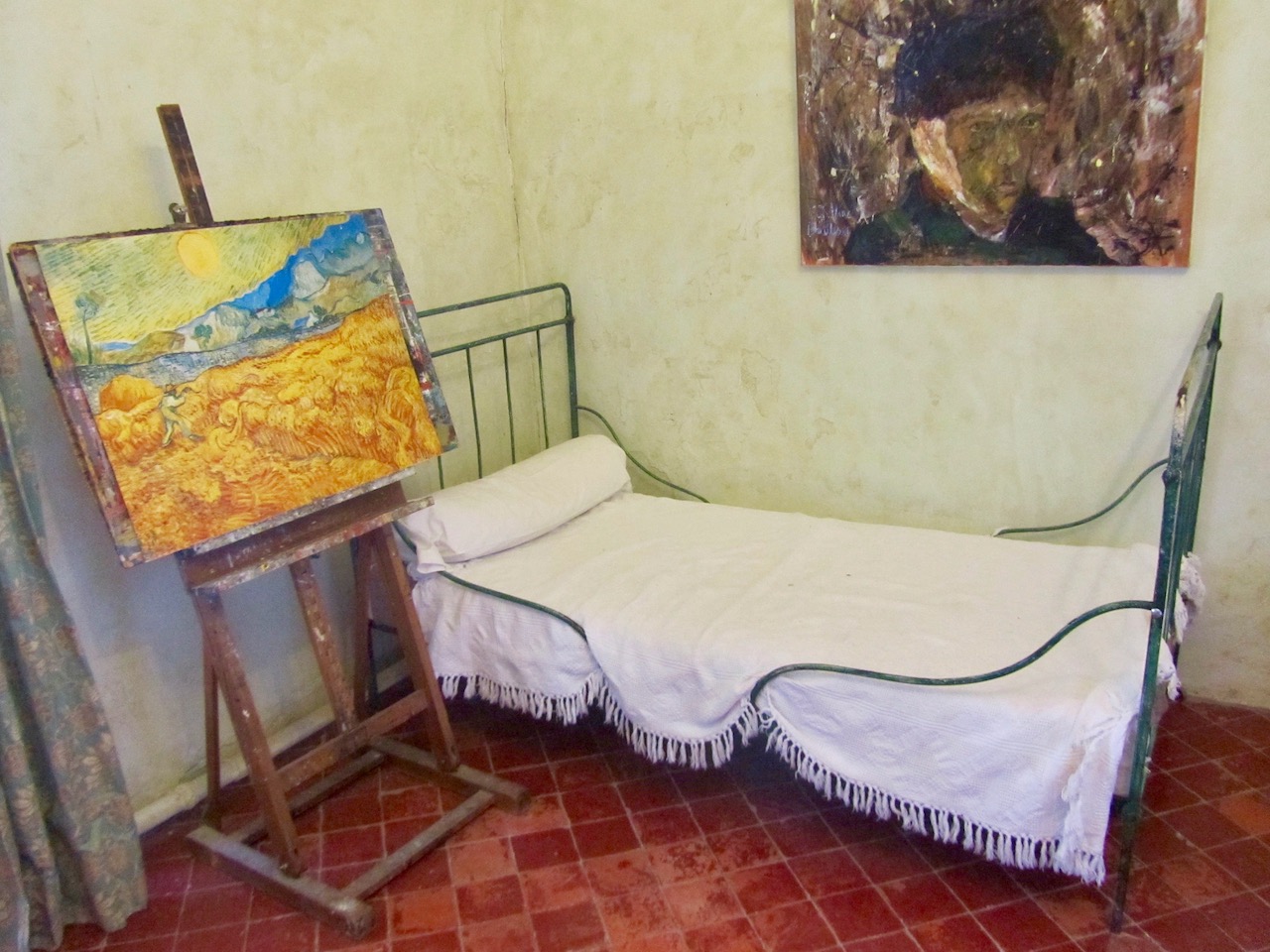
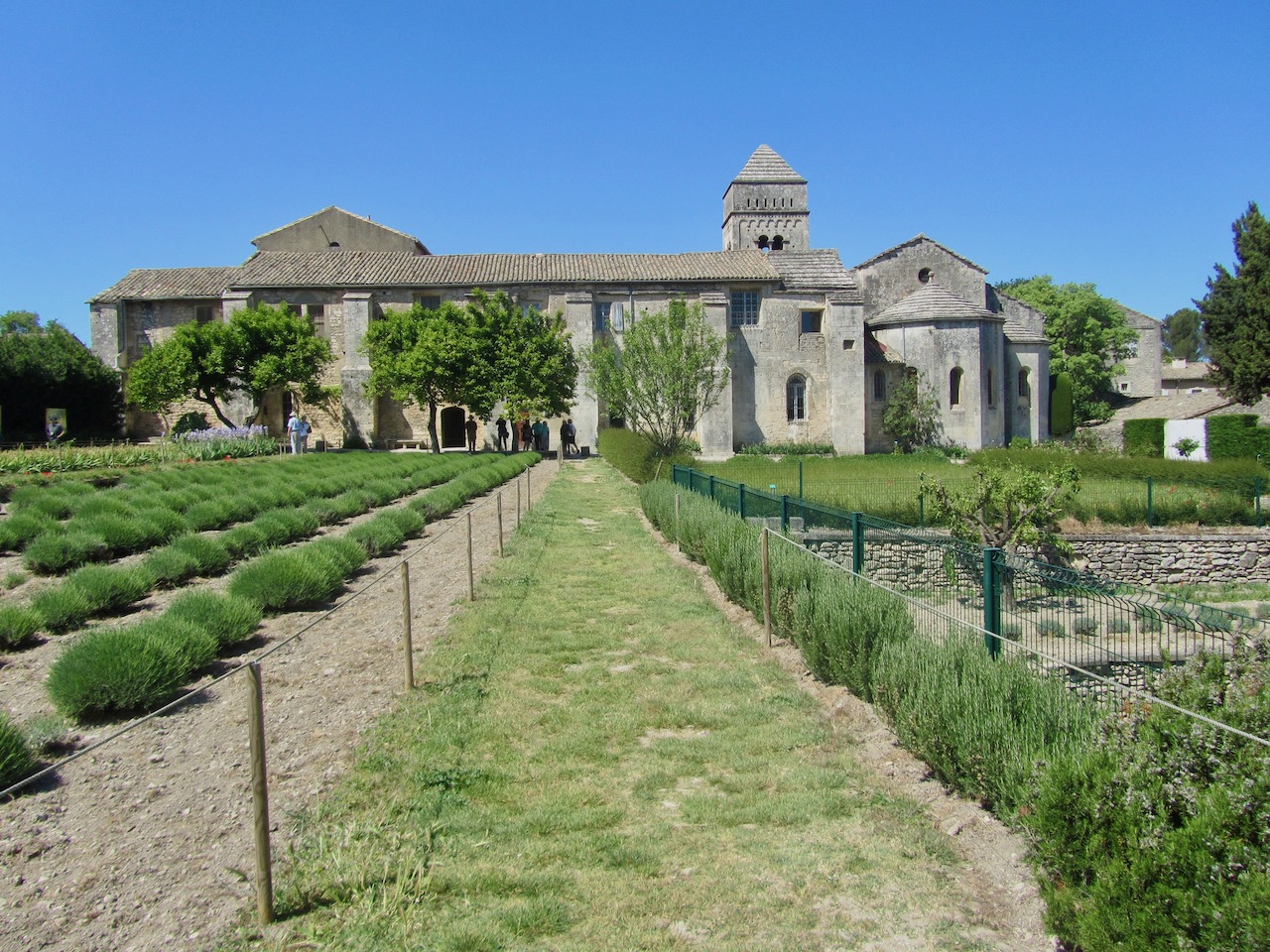
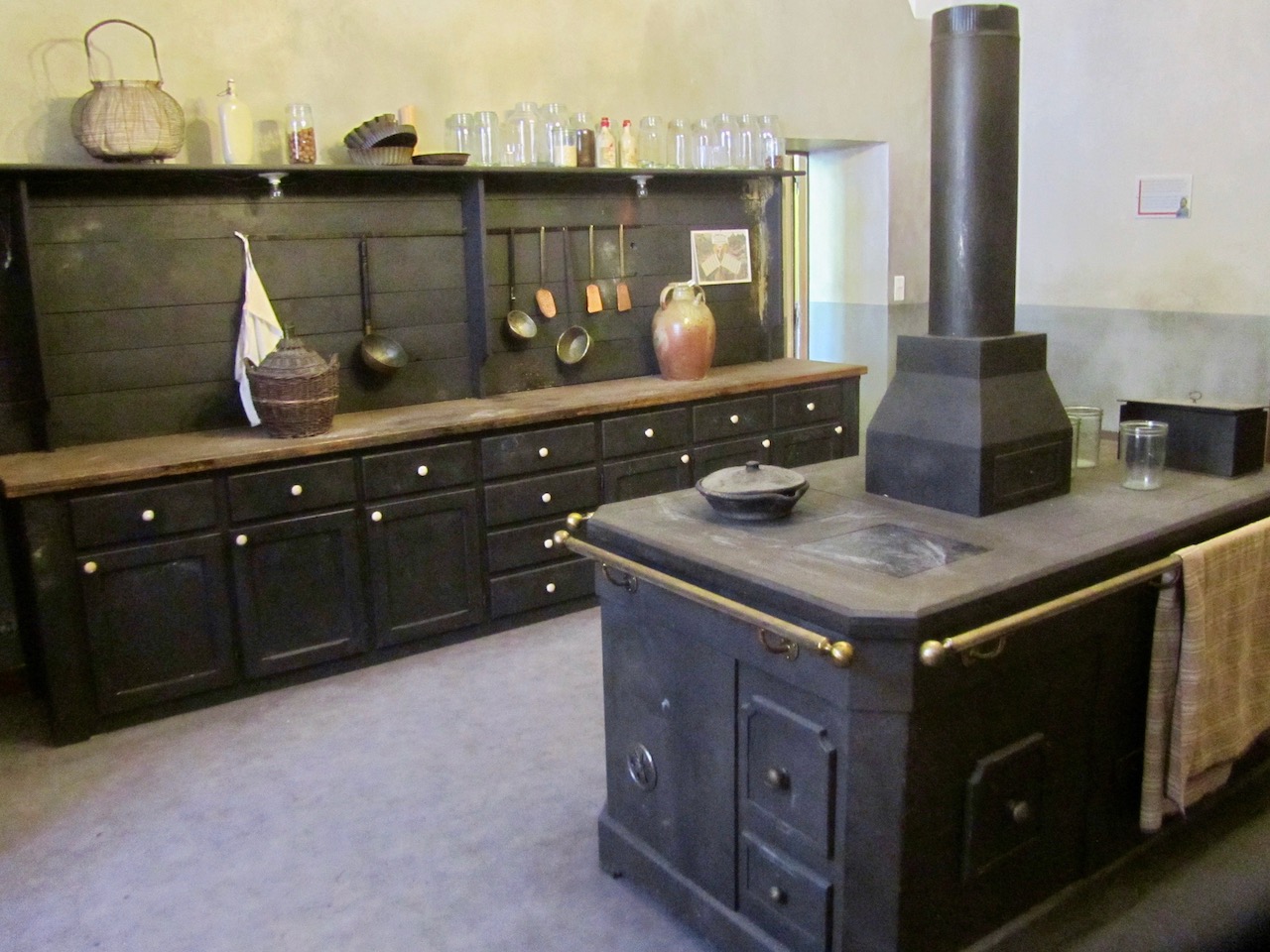

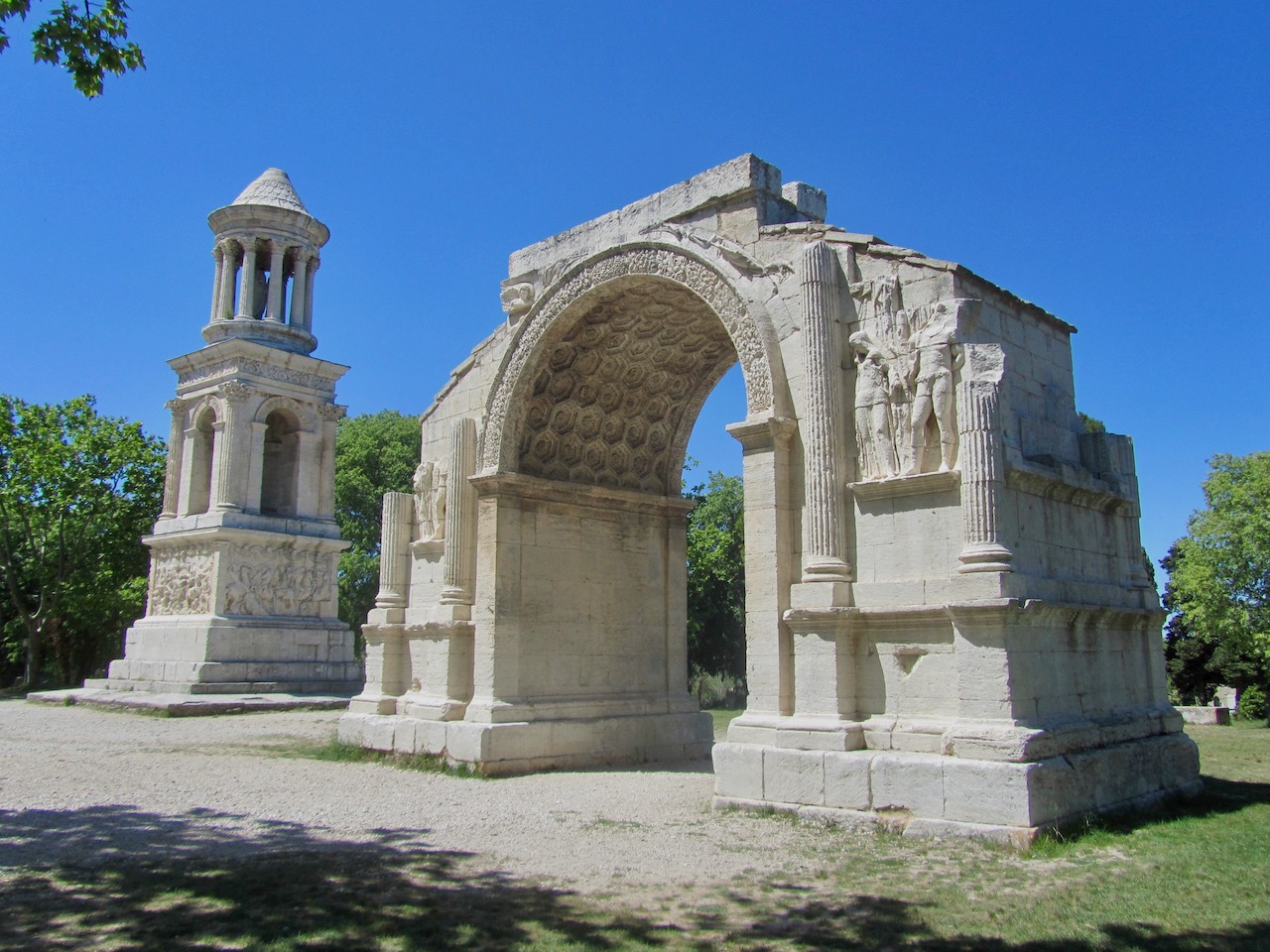
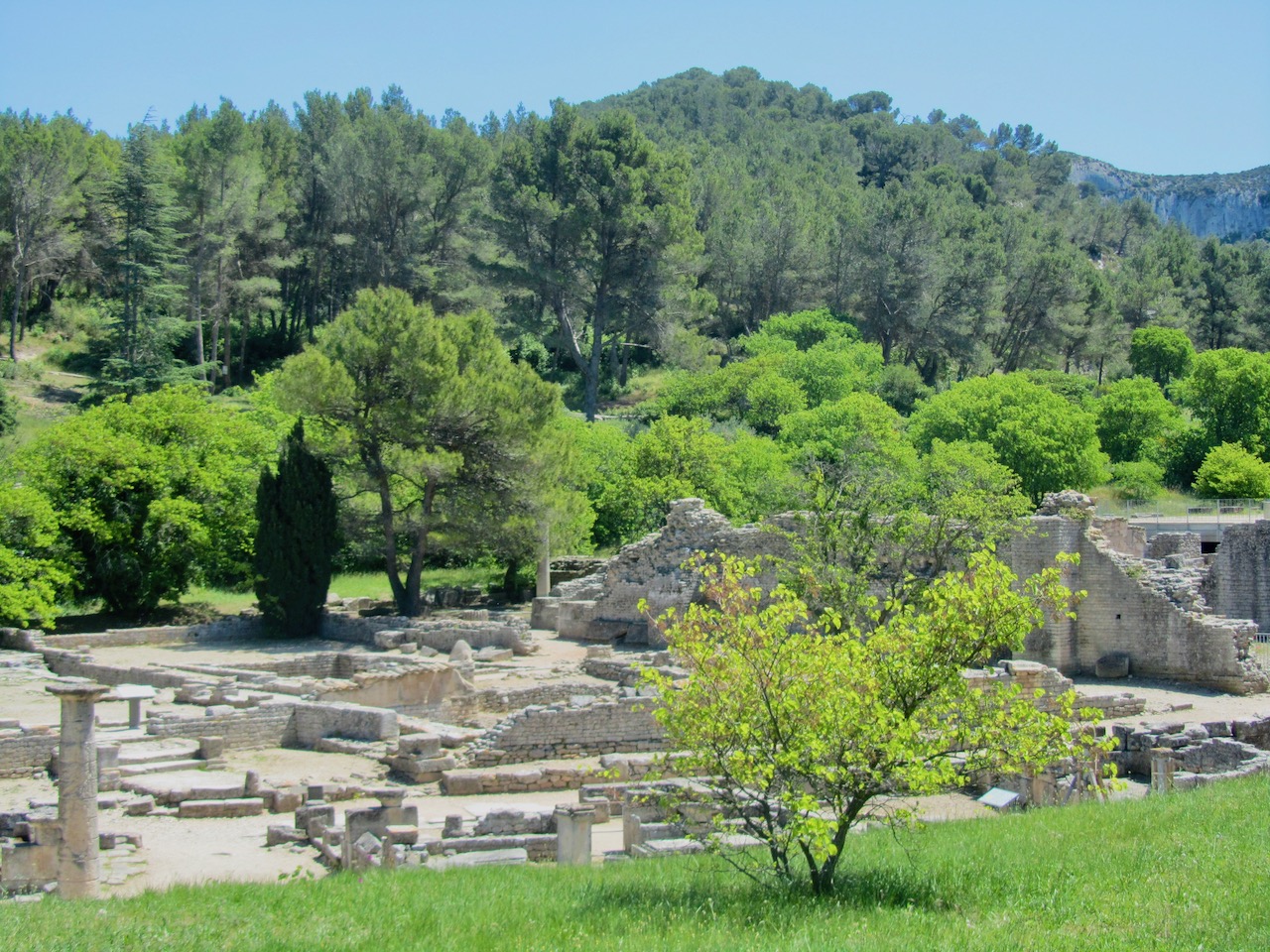
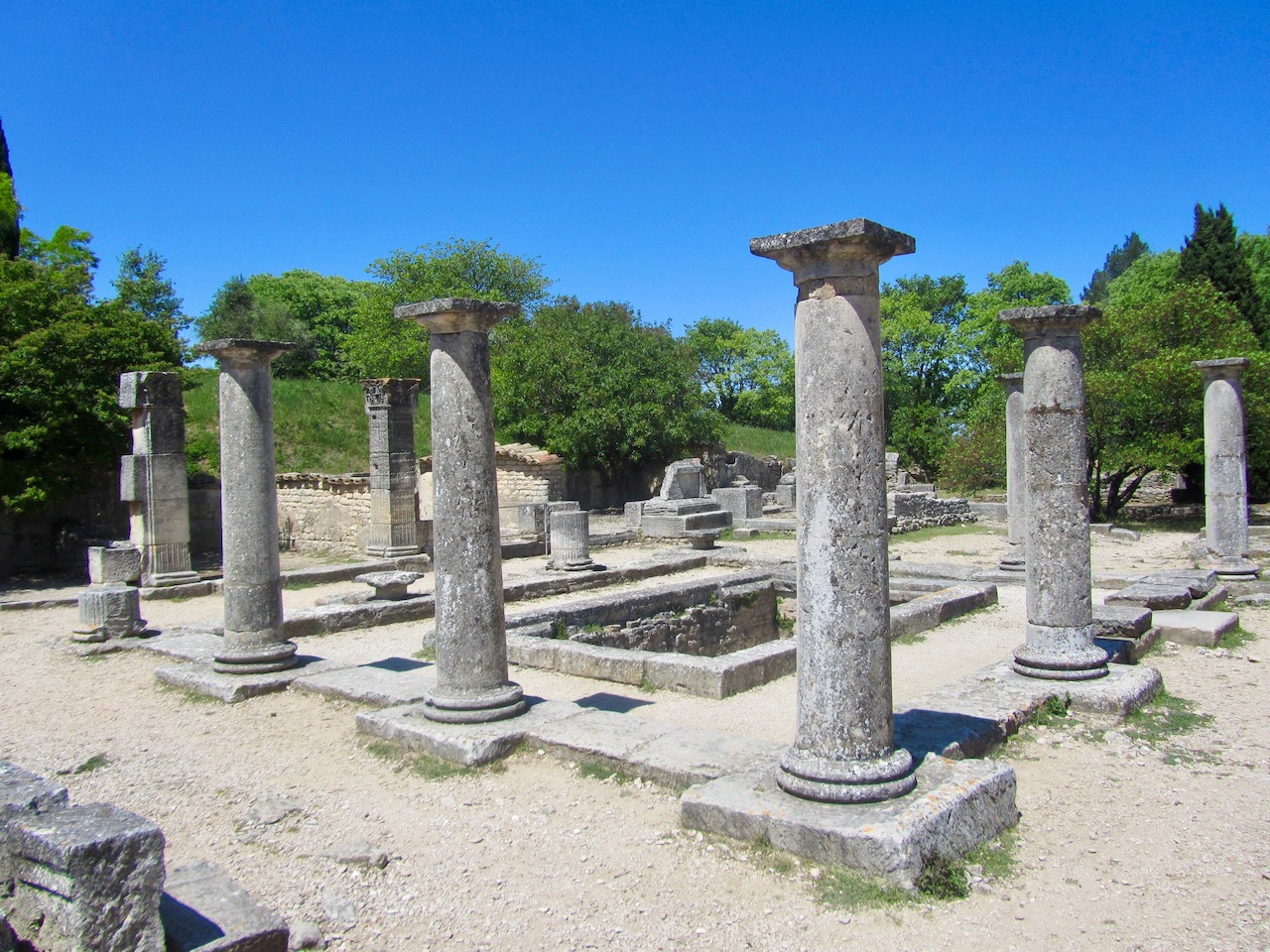

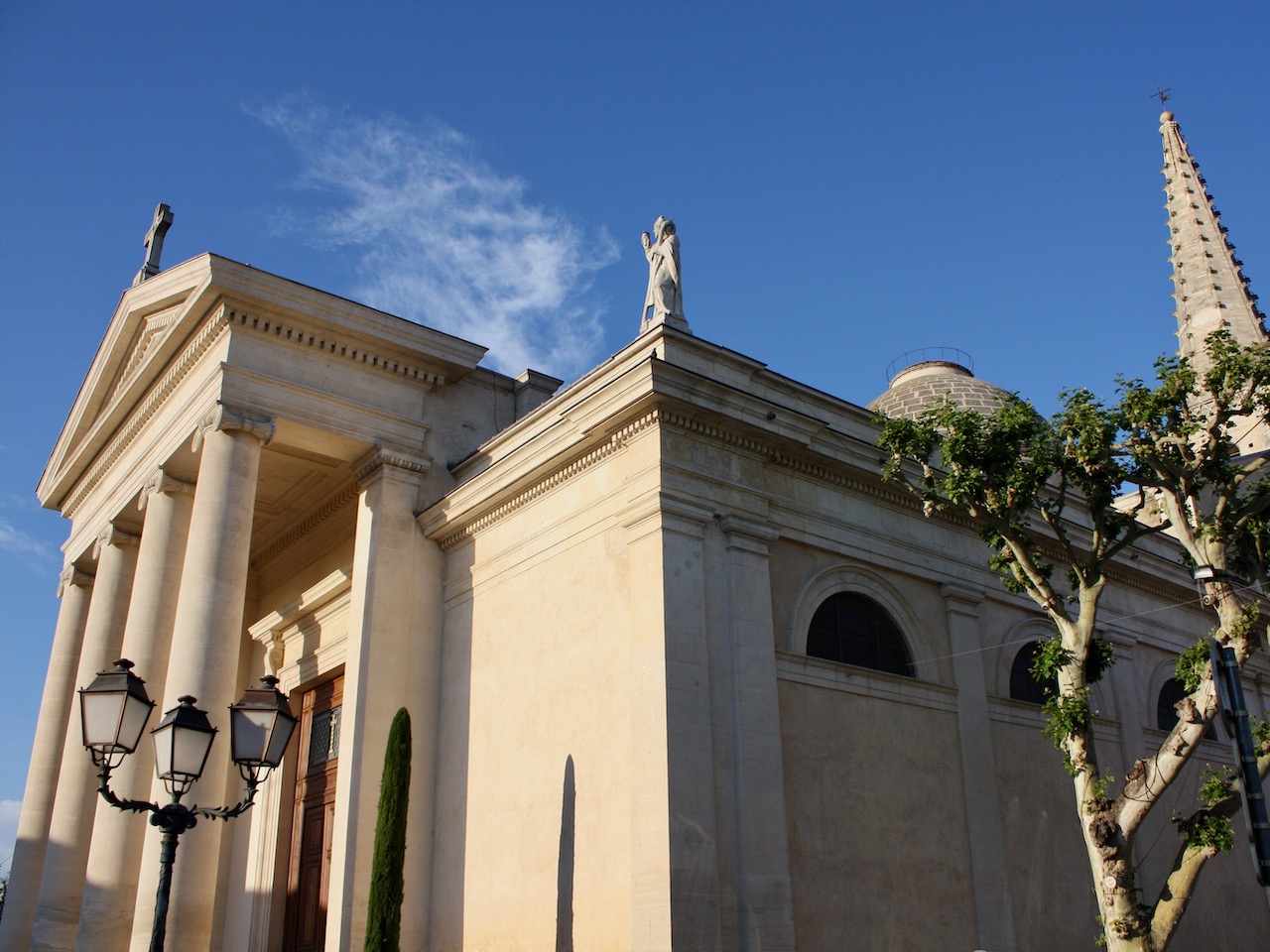
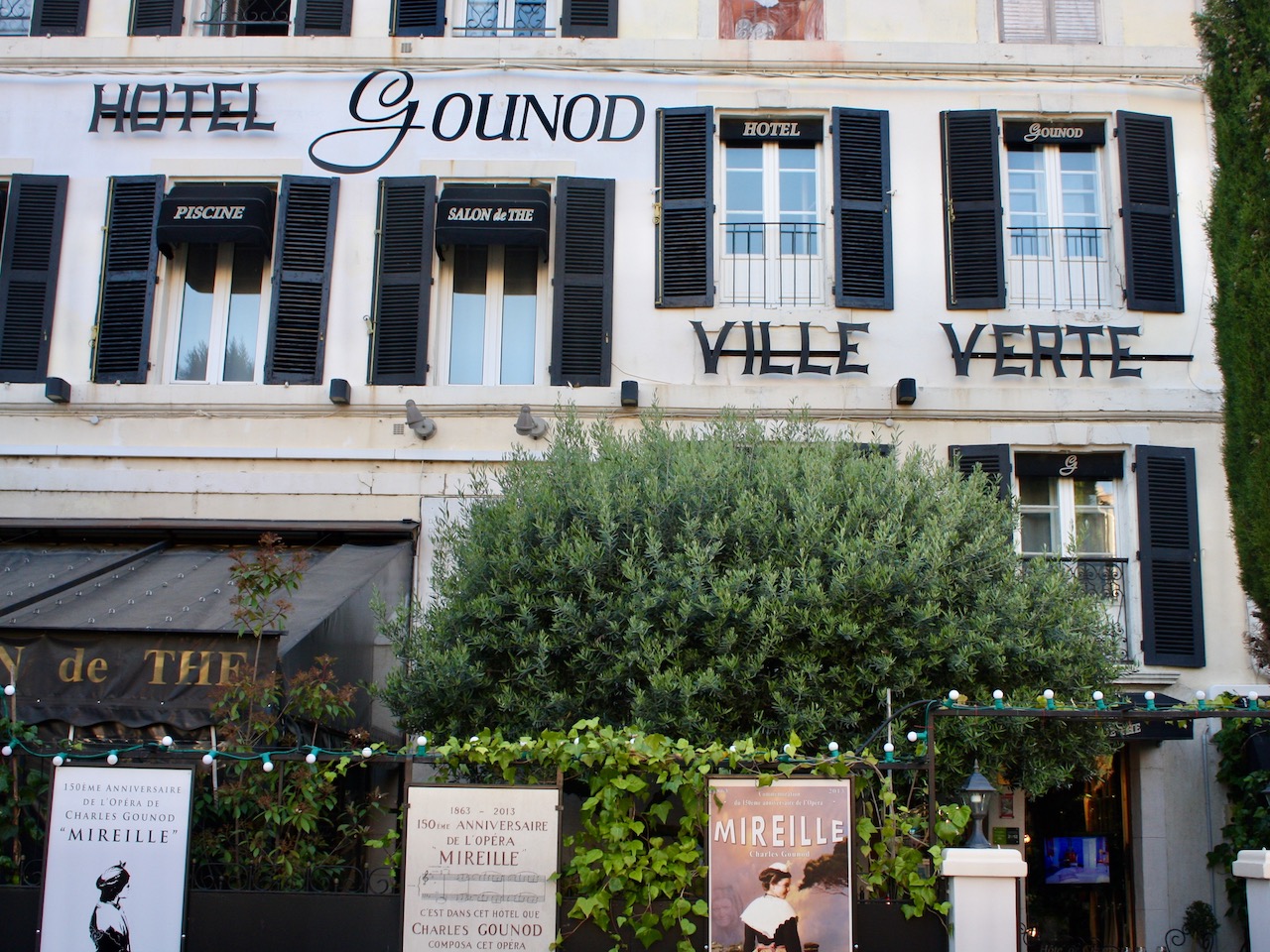

Van Gogh Walked 100 Miles to See Sister in English Village
SUE AND I used to live in Hertfordshire, UK, and we were intrigued to learn that Vincent van Gogh had once visited Welwyn, a village near ours. It happened in 1876 after van Gogh, aged 23, began working as an assistant teacher at a school in Ramsgate, Kent. His sister Anna was teaching French and music at a school in Welwyn, where she lived in Rose Cottage and earned £12 a year.
Van Gogh walked 100 miles to visit her, telling his brother Theo in a letter: “I was with our sister and was very glad to see her. She is looking well.” For her part, Anna wrote: “It was delightful meeting Vincent again… No one can imagine what a happy life I lead here.” Van Gogh left after two days, and is thought to have visited Welwyn on only this one occasion.
The Tate Britain gallery in London last year staged a show exploring van Gogh’s links with the UK. Director Alex Farquharson said: “His stay in Britain changed his vision of the world and himself, encouraging him to become an artist.”
March 2020
Starry, starry night
Paint your palette blue and grey
Look out on a summer’s day
With eyes that know the darkness in my soul
– DON McLEAN, Vincent
RELATED
 WHISPERING GRASSES: I’d spent almost five years at home in England nurturing a tiny patch of black bamboo in our back garden, and then I visited this place. Its bamboo grows into forests, a testament to the man who brought them over from China… READ MORE
WHISPERING GRASSES: I’d spent almost five years at home in England nurturing a tiny patch of black bamboo in our back garden, and then I visited this place. Its bamboo grows into forests, a testament to the man who brought them over from China… READ MORE
 LET THE GAMES BEGIN! Two thousand years ago, gladiators fought to the death at the Arena of Nîmes in southern France. Now, the Great Roman Games are recreated there each May… READ MORE, WATCH VIDEO
LET THE GAMES BEGIN! Two thousand years ago, gladiators fought to the death at the Arena of Nîmes in southern France. Now, the Great Roman Games are recreated there each May… READ MORE, WATCH VIDEO
MORE INFO
 SAINT-RÉMY tourist board site’s page about the asylum, with details of opening times (note that it closes each year for a winter break), admission prices and other details. READ MORE
SAINT-RÉMY tourist board site’s page about the asylum, with details of opening times (note that it closes each year for a winter break), admission prices and other details. READ MORE
RECOMMENDED
 WELCOME TO OUR WORLD! Afaranwide’s home page – this is where you can find out about our latest posts and other highlights. READ MORE
WELCOME TO OUR WORLD! Afaranwide’s home page – this is where you can find out about our latest posts and other highlights. READ MORE
 TOP 10 ATTRACTIONS: Many of the world’s most popular tourists sites are closed because of the coronavirus crisis, but you can still visit them virtually while you’re self-isolating. READ MORE
TOP 10 ATTRACTIONS: Many of the world’s most popular tourists sites are closed because of the coronavirus crisis, but you can still visit them virtually while you’re self-isolating. READ MORE
 SHIMLA, QUEEN OF THE HILLS: Government officials once retreated to Shimla in the foothills of the Himalayas to escape India’s blazing hot summers. Now tourists make the same journey. READ MORE
SHIMLA, QUEEN OF THE HILLS: Government officials once retreated to Shimla in the foothills of the Himalayas to escape India’s blazing hot summers. Now tourists make the same journey. READ MORE
 TEN THINGS WE LEARNED: Our up-to-the-minute guide to creating a website, one step at a time. The costs, the mistakes – it’s what we wish we’d known when we started blogging. READ MORE
TEN THINGS WE LEARNED: Our up-to-the-minute guide to creating a website, one step at a time. The costs, the mistakes – it’s what we wish we’d known when we started blogging. READ MORE
 TROUBLED TIMES FOR EXPATS: Moving abroad can seem an idyllic prospect, but what happens when sudden upheavals or the inescapable realities of life intrude? READ MORE
TROUBLED TIMES FOR EXPATS: Moving abroad can seem an idyllic prospect, but what happens when sudden upheavals or the inescapable realities of life intrude? READ MORE
Disclosure: Afaranwide is an affiliate of leading travel operators such as Booking.com and Japan Rail Pass. If you purchase through our site we receive, at no additional cost to you, a small commission. We only work with companies we have used and recommend.
LET'S KEEP IN TOUCH!
FRANCE
Where Vincent
Painted His
Masterpiece

COLIN SIMPSON
Van Gogh Asylum a Moving Place to Visit
Saint-Paul-de-Mausole asylum, Saint-Rémy-de-Provence
THE Starry Night is regarded by many as Vincent van Gogh’s greatest painting. It’s loved by the public, psychologists study the swirling sky for clues to its troubled creator’s mental state, and astronomers debate the accuracy of the positions of the stars.
The oil-on-canvas shows the view looking east through the barred window of the great Dutch artist’s second-storey room at Saint-Paul-de-Mausole, an asylum near the historic French town of Saint-Rémy-de-Provence. He went there aged 36 as a voluntary inmate in May 1889 months after he had cut off his ear while struggling with mental illness. His brother Theo paid for his stay.
The year he spent at the asylum was perhaps the most productive period of his life, despite his continuing mental turmoil. He created more than 150 paintings and drawings, including not only The Starry Night but other masterpieces such as his blue self-portrait and Irises.
Though the former depicts a night-time view, van Gogh painted it from memory in daylight. The village in the foreground is not actually visible from the asylum. The painting has been in the collection of New York’s Museum of Modern Art since 1941.

Visitors to Saint-Paul can today stand at the window from which van Gogh gazed out all those years ago, and wander in his footsteps through the grounds and nearby countryside. A van Gogh trail has signs showing where he painted particular works, including his olive tree series.
I found it moving to see where all these wonderful paintings, which have given pleasure to generations, were created at a time when the artist was so tormented. Though today the building and its grounds seem idyllic, van Gogh’s time there was harrowing. His stay is described in the 2018 book Starry Night, Van Gogh at the Asylum, by Martin Bailey.

Bailey studied the admissions register, and found that one inmate who arrived in 1887, two years before van Gogh, stayed until he died there in 1932. Van Gogh described his fellow patients as “companions in misfortune”, and wrote in a letter: “One continually hears shouts and terrible howls as of animals in a menagerie.”
Clumps of irises in the borders are a reminder of van Gogh’s famous study of that flower, which was bought in 1990 by the J. Paul Getty Museum in Los Angeles. Three years earlier it had become the costliest painting ever sold, fetching $53.9 million, a record that stood for some time.
Van Gogh left Saint-Paul, a former monastery dating from the 12th century, in May 1890, and within two months he was dead. The 2017 movie Loving Vincent explores a theory that he did not, as is generally believed, kill himself. The film was made using an innovative oil painting animation technique.
Psychiatric care is provided to this day at Saint-Paul, and patients can take part in art therapy sessions – some of their works are on public display.

Saint-Rémy is an appealing town, and there’s a lot more of interest besides the van Gogh connection. Near the asylum stand Les Antiques, a triumphal arch and mausoleum at the entrance to the remains of the Roman city of Glanum. The monuments have been given a spruce-up since I first visited them many years ago.
Wandering around the time-worn stones of Glanum is a fascinating way to spend a couple of hours. The site was first inhabited in the 7th century BC, Glanum was founded in the third century BC, and the Romans under Julius Caesar took control of it in 49 BC.
In Saint-Rémy you can see the house where Nostradamus, famous for his prophecies, lived in the 16th century. An evening stroll through the smart, scenic streets in search of a restaurant is a pleasant way to round off the day.
We stayed at the Hotel Guonod, a one-off place overlooking a public square, the Place de la République – great for an al fresco breakfast. The lobby and other public areas were packed with figures of Catholic saints when we were there, though a major renovation has brought a new look. The lovely enclosed garden at the back has a pool.
The former coaching inn is named after Charles Guonod, who wrote Ave Maria – he composed the opera Mireille while staying there in 1863. I wasn’t familiar with the work, but picking up quirky bits of information like this is one of the small pleasures of travel.
Verdict: A must for Van Gogh fans, and an enjoyable visit in a beautiful part of the South of France for anyone else.
*Digital image courtesy of the Getty’s Open Content Program.













Van Gogh Walked 100 Miles to See Sister in English Village
SUE AND I used to live in Hertfordshire, UK, and we were intrigued to learn that Vincent van Gogh had once visited Welwyn, a village near ours. It happened in 1876 after van Gogh, aged 23, began working as an assistant teacher at a school in Ramsgate, Kent. His sister Anna was teaching French and music at a school in Welwyn, where she lived in Rose Cottage and earned £12 a year.
Van Gogh walked 100 miles to visit her, telling his brother Theo in a letter: “I was with our sister and was very glad to see her. She is looking well.” For her part, Anna wrote: “It was delightful meeting Vincent again… No one can imagine what a happy life I lead here.” Van Gogh left after two days, and is thought to have visited Welwyn on only this one occasion.
The Tate Britain gallery in London last year staged a show exploring van Gogh’s links with the UK. Director Alex Farquharson said: “His stay in Britain changed his vision of the world and himself, encouraging him to become an artist.”
March 2020
Starry, starry night
Paint your palette blue and grey
Look out on a summer’s day
With eyes that know the darkness in my soul
– DON McLEAN, Vincent
RELATED
 WHISPERING GRASSES: I’d spent almost five years at home in England nurturing a tiny patch of black bamboo in our back garden, and then I visited this place. Its bamboo grows into forests, a testament to the man who brought them over from China… READ MORE
WHISPERING GRASSES: I’d spent almost five years at home in England nurturing a tiny patch of black bamboo in our back garden, and then I visited this place. Its bamboo grows into forests, a testament to the man who brought them over from China… READ MORE
 LET THE GAMES BEGIN! Two thousand years ago, gladiators fought to the death at the Arena of Nîmes in southern France. Now, the Great Roman Games are recreated there each May… READ MORE, WATCH VIDEO
LET THE GAMES BEGIN! Two thousand years ago, gladiators fought to the death at the Arena of Nîmes in southern France. Now, the Great Roman Games are recreated there each May… READ MORE, WATCH VIDEO
MORE INFO
 SAINT-RÉMY tourist board site’s page about the asylum, with details of opening times (note that it closes each year for a winter break), admission prices and other details. READ MORE
SAINT-RÉMY tourist board site’s page about the asylum, with details of opening times (note that it closes each year for a winter break), admission prices and other details. READ MORE
RECOMMENDED
 WELCOME TO OUR WORLD! Afaranwide’s home page – this is where you can find out about our latest posts and other highlights. READ MORE
WELCOME TO OUR WORLD! Afaranwide’s home page – this is where you can find out about our latest posts and other highlights. READ MORE
 TOP 10 ATTRACTIONS: Many of the world’s most popular tourists sites are closed because of the coronavirus crisis, but you can still visit them virtually while you’re self-isolating. READ MORE
TOP 10 ATTRACTIONS: Many of the world’s most popular tourists sites are closed because of the coronavirus crisis, but you can still visit them virtually while you’re self-isolating. READ MORE
 SHIMLA, QUEEN OF THE HILLS: Government officials once retreated to Shimla in the foothills of the Himalayas to escape India’s blazing hot summers. Now tourists make the same journey. READ MORE
SHIMLA, QUEEN OF THE HILLS: Government officials once retreated to Shimla in the foothills of the Himalayas to escape India’s blazing hot summers. Now tourists make the same journey. READ MORE
 TEN THINGS WE LEARNED: Our up-to-the-minute guide to creating a website, one step at a time. The costs, the mistakes – it’s what we wish we’d known when we started blogging. READ MORE
TEN THINGS WE LEARNED: Our up-to-the-minute guide to creating a website, one step at a time. The costs, the mistakes – it’s what we wish we’d known when we started blogging. READ MORE
 TROUBLED TIMES FOR EXPATS: Moving abroad can seem an idyllic prospect, but what happens when sudden upheavals or the inescapable realities of life intrude? READ MORE
TROUBLED TIMES FOR EXPATS: Moving abroad can seem an idyllic prospect, but what happens when sudden upheavals or the inescapable realities of life intrude? READ MORE
Disclosure: Afaranwide is an affiliate of leading travel operators such as Booking.com and Japan Rail Pass. If you purchase through our site we receive, at no additional cost to you, a small commission. We only work with companies we have used and recommend.
LET'S KEEP IN TOUCH!
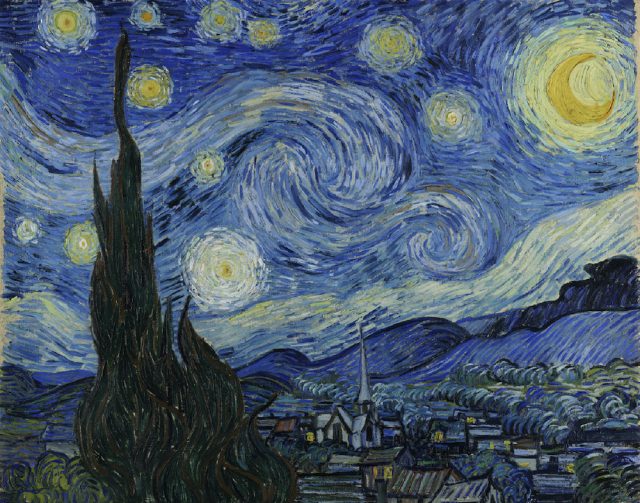
Where Vincent Painted
His Masterpiece
Van Gogh Asylum a Moving Place to Visit

COLIN SIMPSON
Saint-Paul-de-Mausole asylum, Saint-Rémy-de-Provence, France
THE Starry Night is regarded by many as Vincent van Gogh’s greatest painting. It’s loved by the public, psychologists study the swirling sky for clues to its troubled creator’s mental state, and astronomers debate the accuracy of the positions of the stars.
The oil-on-canvas shows the view looking east through the barred window of the great Dutch artist’s second-storey room at Saint-Paul-de-Mausole, an asylum near the historic French town of Saint-Rémy-de-Provence.
He went there aged 36 as a voluntary inmate in May 1889 months after he had cut off his left ear while struggling with mental illness. His brother Theo paid for his stay.
The year he spent at the asylum was perhaps the most productive period of his life, despite his continuing mental turmoil. He created more than 150 paintings and drawings, including not only The Starry Night but other masterpieces such as his blue self-portrait and Irises.
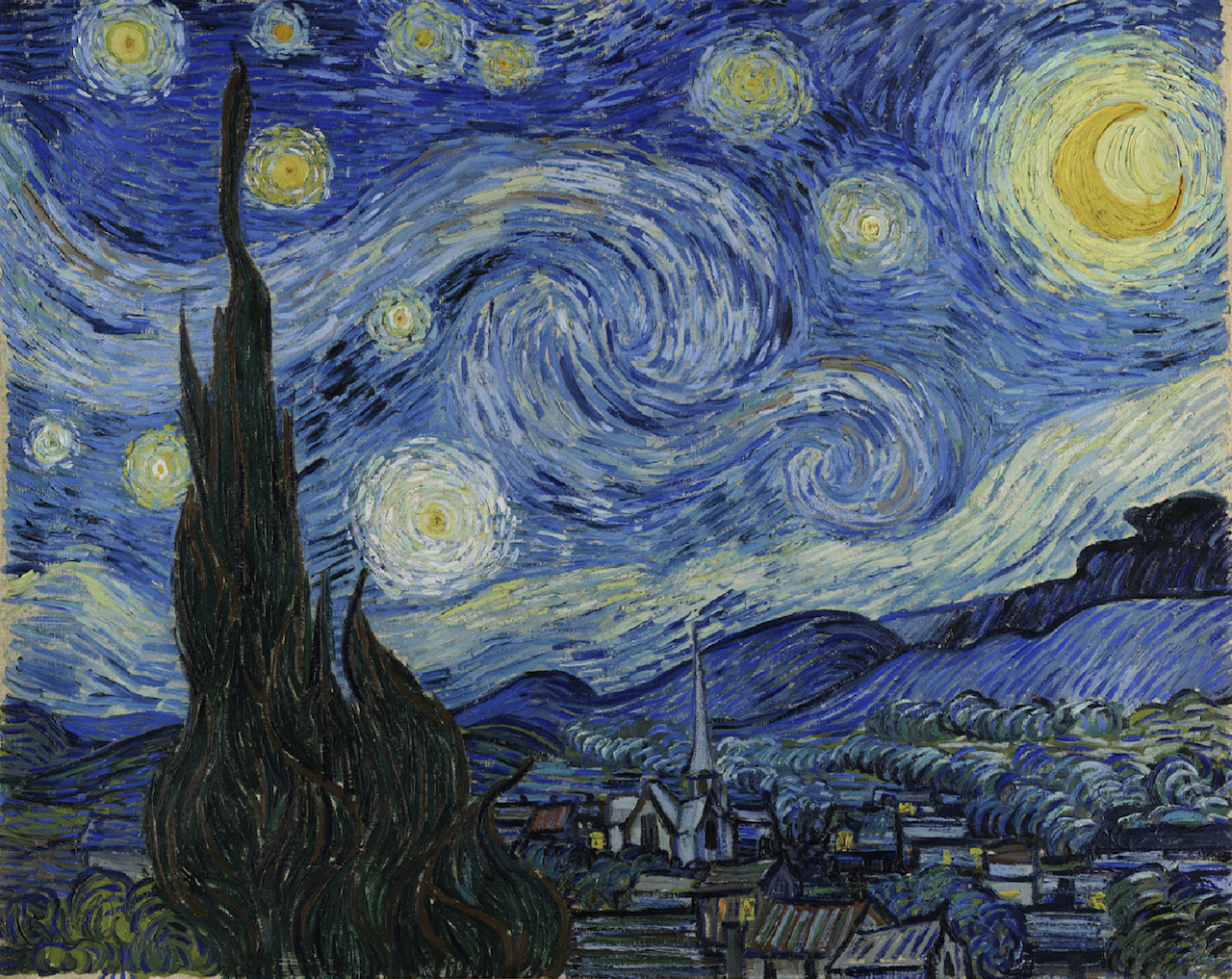

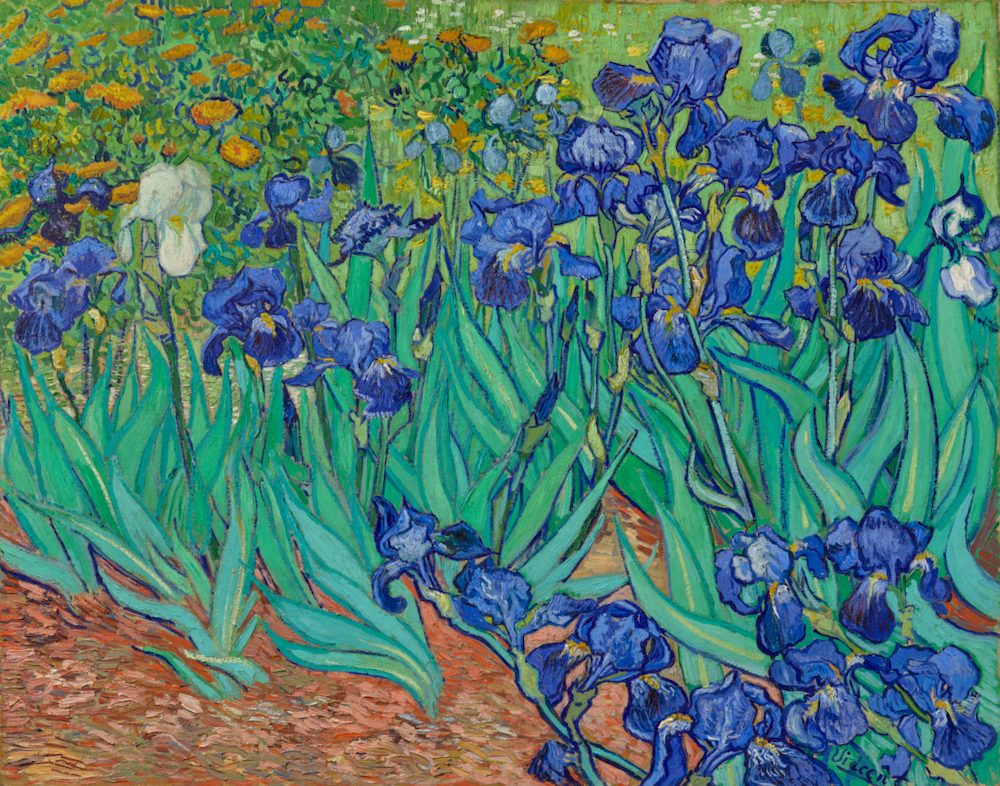
Though the former depicts a night-time view, van Gogh painted it from memory in daylight. The village in the foreground is not actually visible from the asylum. The painting has been in the collection of New York’s Museum of Modern Art since 1941.

Visitors to Saint-Paul can today stand at the window from which van Gogh gazed out all those years ago, and wander in his footsteps through the grounds and nearby countryside. A van Gogh trail has signs showing where he painted particular works, including his olive tree series.
I found it moving to see where all these wonderful paintings, which have given pleasure to generations, were created at a time when the artist was so tormented. Though today the building and its grounds seem idyllic, van Gogh’s time there was harrowing. His stay is described in the 2018 book Starry Night, Van Gogh at the Asylum, by Martin Bailey.

Bailey studied the admissions register, and found that one inmate who arrived in 1887, two years before van Gogh, stayed until he died there in 1932. Van Gogh described his fellow patients as “companions in misfortune”, and wrote in a letter: “One continually hears shouts and terrible howls as of animals in a menagerie.”
Clumps of irises in the borders are a reminder of van Gogh’s famous study of that flower, which was bought in 1990 by the J. Paul Getty Museum in Los Angeles. Three years earlier it had become the costliest painting ever sold, fetching $53.9 million, a record that stood for some time.


Van Gogh left Saint-Paul, a former monastery dating from the 12th century, in May 1890, and within two months he was dead. The 2017 movie Loving Vincent explores a theory that he did not, as is generally believed, kill himself. The film was made using an innovative oil painting animation technique.
Psychiatric care is provided to this day at Saint-Paul, and patients can take part in art therapy sessions – some of their works are on public display.

Saint-Rémy is an appealing town, and there’s a lot more of interest besides the van Gogh connection. Near the asylum stand Les Antiques, a triumphal arch and mausoleum at the entrance to the remains of the Roman city of Glanum. The monuments have been given a spruce-up since I first visited them many years ago.
Wandering around the time-worn stones of Glanum is a fascinating way to spend a couple of hours. The site was first inhabited in the 7th century BC, Glanum was founded in the third century BC, and the Romans under Julius Caesar took control of it in 49 BC.

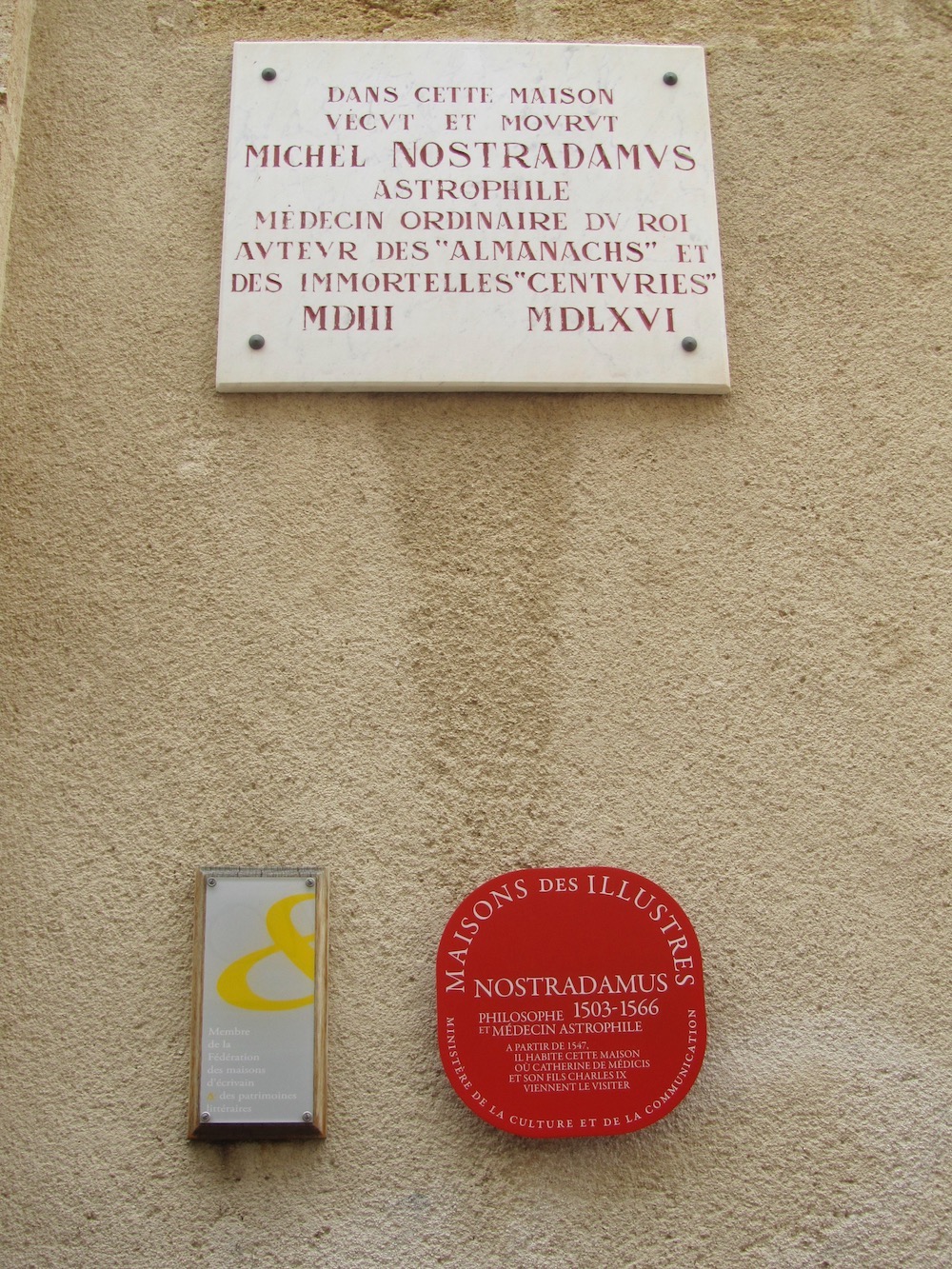
In Saint-Rémy you can see the house where Nostradamus, famous for his prophecies, lived in the 16th century. An evening stroll through the smart, scenic streets in search of a restaurant is a pleasant way to round off the day.
We stayed at the Hotel Guonod, a one-off place overlooking a public square, the Place de la République – great for an al fresco breakfast. The lobby and other public areas were packed with figures of Catholic saints when we were there, though a major renovation has brought a new look. The lovely enclosed garden at the back has a pool.
The former coaching inn is named after Charles Guonod, who wrote Ave Maria – he composed the opera Mireille while staying there in 1863. I wasn’t familiar with the work, but picking up quirky bits of information like this is one of the small pleasures of travel.
Verdict: A must for Van Gogh fans, and an enjoyable visit in a beautiful part of the South of France for anyone else.
*Digital image courtesy of the Getty’s Open Content Program.
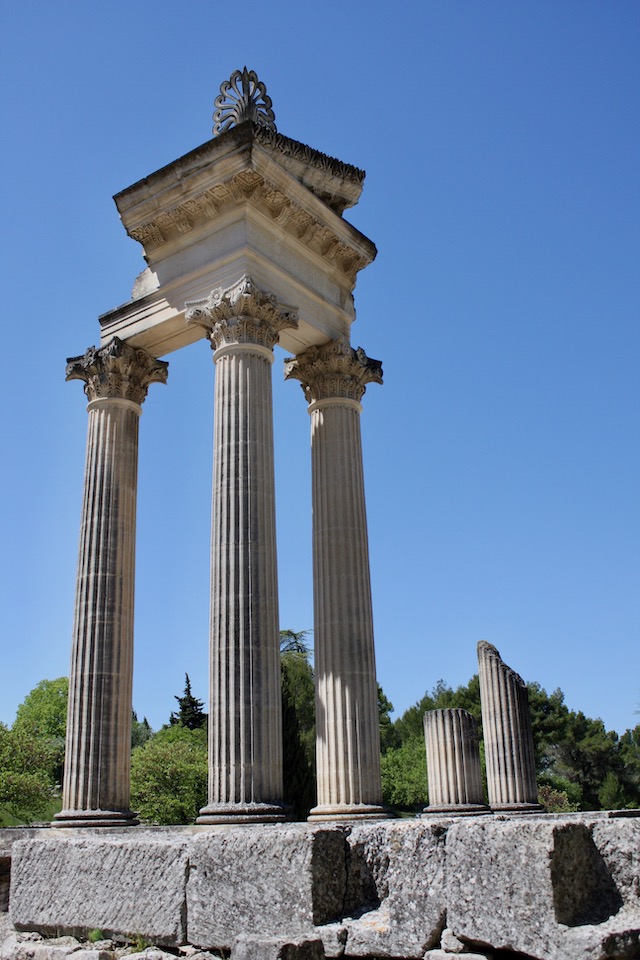














Van Gogh Walked 100 Miles to See Sister in English Village
SUE AND I used to live in Hertfordshire, UK, and we were intrigued to learn that Vincent van Gogh had once visited Welwyn, a village near ours. It happened in 1876 after van Gogh, aged 23, began working as an assistant teacher at a school in Ramsgate, Kent. His sister Anna was teaching French and music at a school in Welwyn, where she lived in Rose Cottage and earned £12 a year.
Van Gogh walked 100 miles to visit her, telling his brother Theo in a letter: “I was with our sister and was very glad to see her. She is looking well.” For her part, Anna wrote: “It was delightful meeting Vincent again… No one can imagine what a happy life I lead here.” Van Gogh left after two days, and is thought to have visited Welwyn on only this one occasion.
The Tate Britain gallery in London last year staged a show exploring van Gogh’s links with the UK. Director Alex Farquharson said: “His stay in Britain changed his vision of the world and himself, encouraging him to become an artist.”
March 2020
Starry, starry night
Paint your palette blue and grey
Look out on a summer’s day
With eyes that know the darkness in my soul
– DON McLEAN, Vincent
RELATED
 WHISPERING GRASSES: I’d spent almost five years at home in England nurturing a tiny patch of black bamboo in our back garden, and then I visited this place. Its bamboo grows into forests, a testament to the man who brought them over from China… READ MORE
WHISPERING GRASSES: I’d spent almost five years at home in England nurturing a tiny patch of black bamboo in our back garden, and then I visited this place. Its bamboo grows into forests, a testament to the man who brought them over from China… READ MORE
 LET THE GAMES BEGIN! Two thousand years ago, gladiators fought to the death at the Arena of Nîmes in southern France. Now, the Great Roman Games are recreated there each May… READ MORE, WATCH VIDEO
LET THE GAMES BEGIN! Two thousand years ago, gladiators fought to the death at the Arena of Nîmes in southern France. Now, the Great Roman Games are recreated there each May… READ MORE, WATCH VIDEO
MORE INFO
 SAINT-RÉMY tourist board site’s page about the asylum, with details of opening times (note that it closes each year for a winter break), admission prices and other details. READ MORE
SAINT-RÉMY tourist board site’s page about the asylum, with details of opening times (note that it closes each year for a winter break), admission prices and other details. READ MORE
RECOMMENDED
 WELCOME TO OUR WORLD! Afaranwide’s home page – this is where you can find out about our latest posts and other highlights. READ MORE
WELCOME TO OUR WORLD! Afaranwide’s home page – this is where you can find out about our latest posts and other highlights. READ MORE
 TOP 10 ATTRACTIONS: Many of the world’s most popular tourists sites are closed because of the coronavirus crisis, but you can still visit them virtually while you’re self-isolating. READ MORE
TOP 10 ATTRACTIONS: Many of the world’s most popular tourists sites are closed because of the coronavirus crisis, but you can still visit them virtually while you’re self-isolating. READ MORE
 SHIMLA, QUEEN OF THE HILLS: Government officials once retreated to Shimla in the foothills of the Himalayas to escape India’s blazing hot summers. Now tourists make the same journey. READ MORE
SHIMLA, QUEEN OF THE HILLS: Government officials once retreated to Shimla in the foothills of the Himalayas to escape India’s blazing hot summers. Now tourists make the same journey. READ MORE
 TEN THINGS WE LEARNED: Our up-to-the-minute guide to creating a website, one step at a time. The costs, the mistakes – it’s what we wish we’d known when we started blogging. READ MORE
TEN THINGS WE LEARNED: Our up-to-the-minute guide to creating a website, one step at a time. The costs, the mistakes – it’s what we wish we’d known when we started blogging. READ MORE
 TROUBLED TIMES FOR EXPATS: Moving abroad can seem an idyllic prospect, but what happens when sudden upheavals or the inescapable realities of life intrude? READ MORE
TROUBLED TIMES FOR EXPATS: Moving abroad can seem an idyllic prospect, but what happens when sudden upheavals or the inescapable realities of life intrude? READ MORE
Disclosure: Afaranwide is an affiliate of leading travel operators such as Booking.com and Japan Rail Pass. If you purchase through our site we receive, at no additional cost to you, a small commission. We only work with companies we have used and recommend.
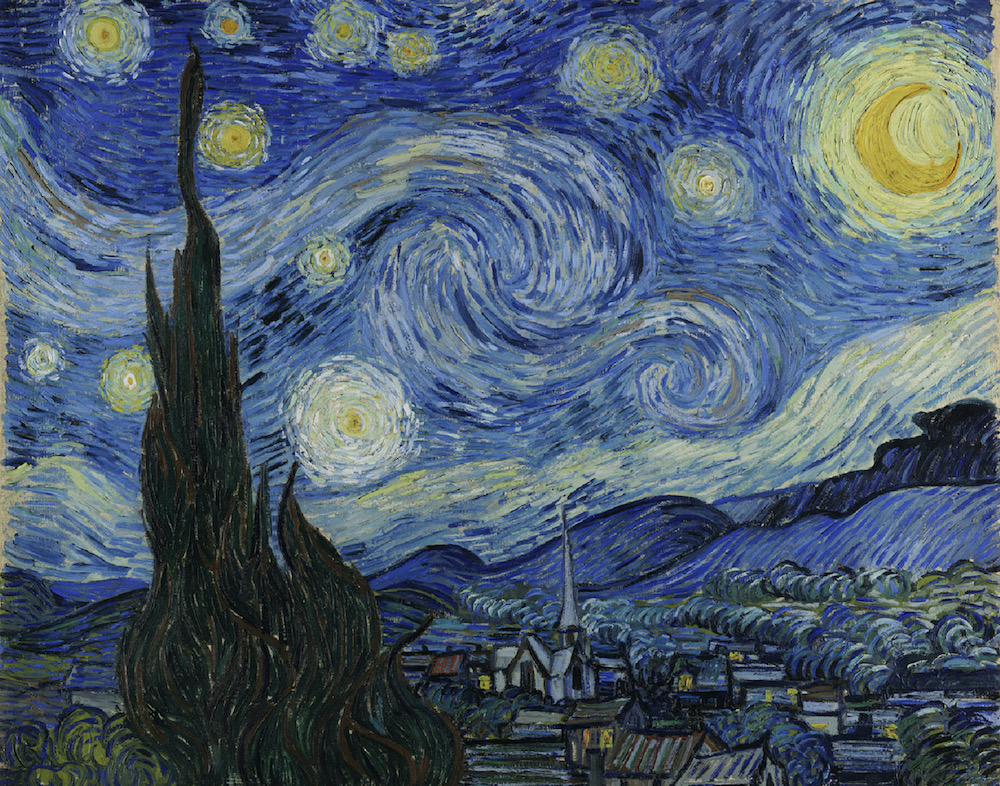






I’ve been collecting information about the best Dutch painters . Thank you for sharing and writing about him.